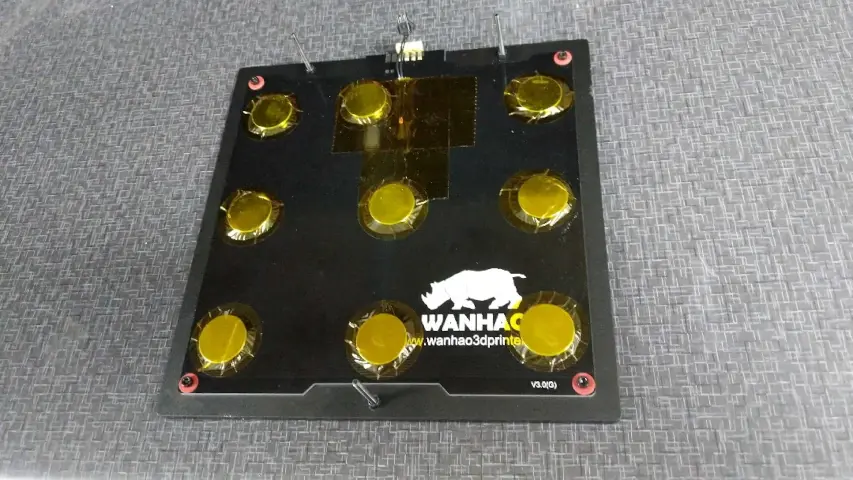Related Topics
Guard the CHIPS, New Math for Double E’s
Community feedback that led Parker to order a Bambu X1 Carbon 3D Printer, arriving any day now, S to the L to the A, “guardrails” that the U.S.
GPUs D.O.A, Reverse Polarity Problems, A 3D Printer Pickle
Dead on Arrival for high end GPUs. Why do so many consumer electronics not have reverse polarity protection?
The aCADemy of Education - Joshua Manley of CADClass.org
This week, Josh Manley, Co-Owner & CEO of CADClass.org, shares their expertise in software and design education.
Other Resources
Circuit Break Podcast
Webinars
Videos
Tour MacroFab's ITAR-Compliant Facility
August 9, 2020, Episode #241
Parker
- Bit of feedback on a live stream
- People suggesting YouTube live
- Will set this up for episode 242
- The little things no one sees that make projects take forever
- 3D printer update completed
- New fans
- TI calls for lower-cost sensors to boost robot adoption
- “We don’t see as many robots as we’d like”
- Elon Musk’s Neuralink implant
- Pig example
Stephen
- High voltage low current measurement – The circuit evolves
- Adding resistance measurements
- The new process
- Use the resistor measurement probes to measure the screen resistors values and record those
- Use the resistor measurement probes to measure the cathode resistors and record
- Plug test harness into the DUT
- Begin test
- Program will read voltages and using the resistance measurements it will give you a target voltage.
- Turn trim pot to set idle current such that the power dissipation is met
- The load is dynamic and this is an unregulated power supply
- Looking for bananas
- Want to have “multi-meter” banana connector
- History of the banana connector
- Technically a binding post
About the Hosts

Parker Dillmann
Parker is an Electrical Engineer with backgrounds in Embedded System Design and Digital Signal Processing. He got his start in 2005 by hacking Nintendo consoles into portable gaming units. The following year he designed and produced an Atari 2600 video mod to allow the Atari to display a crisp, RF fuzz free picture on newer TVs. Over a thousand Atari video mods where produced by Parker from 2006 to 2011 and the mod is still made by other enthusiasts in the Atari community.
In 2006, Parker enrolled at The University of Texas at Austin as a Petroleum Engineer. After realizing electronics was his passion he switched majors in 2007 to Electrical and Computer Engineering. Following his previous background in making the Atari 2600 video mod, Parker decided to take more board layout classes and circuit design classes. Other areas of study include robotics, microcontroller theory and design, FPGA development with VHDL and Verilog, and image and signal processing with DSPs. In 2010, Parker won a Ti sponsored Launchpad programming and design contest that was held by the IEEE CS chapter at the University. Parker graduated with a BS in Electrical and Computer Engineering in the Spring of 2012.
In the Summer of 2012, Parker was hired on as an Electrical Engineer at Dynamic Perception to design and prototype new electronic products. Here, Parker learned about full product development cycles and honed his board layout skills. Seeing the difficulties in managing operations and FCC/CE compliance testing, Parker thought there had to be a better way for small electronic companies to get their product out in customer's hands.
Parker also runs the blog, longhornengineer.com, where he posts his personal projects, technical guides, and appnotes about board layout design and components.

Stephen Kraig
Stephen Kraig is a component engineer working in the aerospace industry. He has applied his electrical engineering knowledge in a variety of contexts previously, including oil and gas, contract manufacturing, audio electronic repair, and synthesizer design. A graduate of Texas A&M, Stephen has lived his adult life in the Houston, TX, and Denver, CO, areas.
Stephen has never said no to a project. From building guitar amps (starting when he was 17) to designing and building his own CNC table to fine-tuning the mineral composition of the water he uses to brew beer, he thrives on testing, experimentation, and problem-solving. Tune into the podcast to learn more about the wacky stuff Stephen gets up to.
Special thanks to whixr over at Tymkrs for the intro and outro!
Related Podcasts
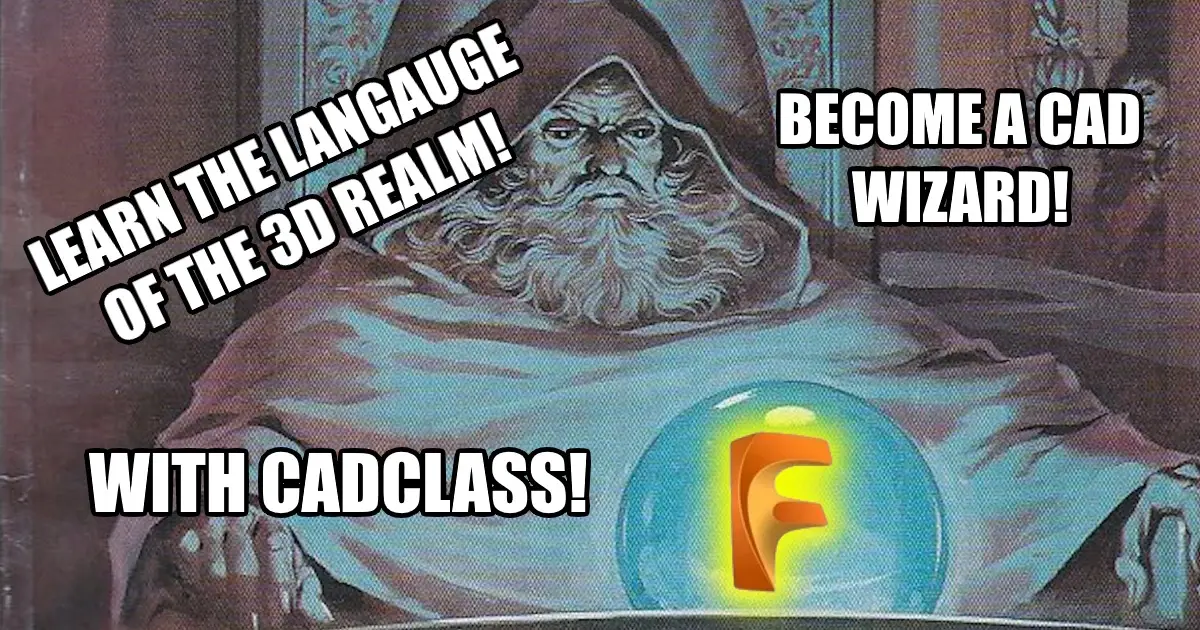
The aCADemy of Education - Joshua Manley of CADClass.org
This week, Josh Manley, Co-Owner & CEO of CADClass.org, shares their expertise in software and design education.
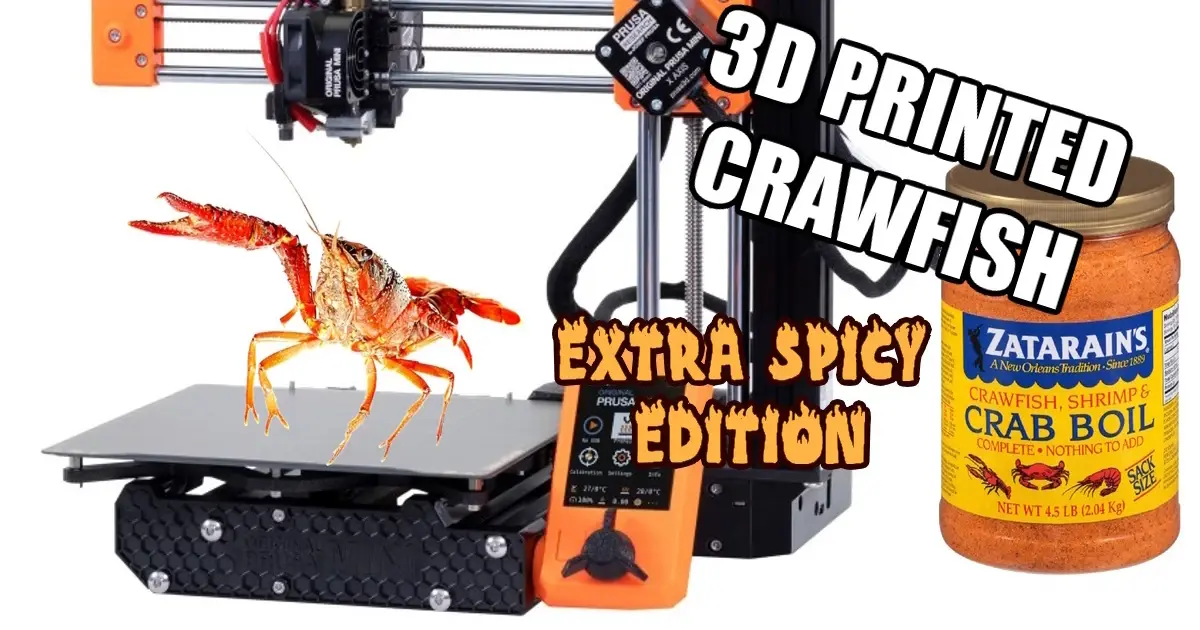
Crawfish Conundrum
We discuss the different seasoning, boil and soak times, and building an inexpensive boil pot from materials and supplies Stephen already has.

Guard the CHIPS, New Math for Double E’s
Community feedback that led Parker to order a Bambu X1 Carbon 3D Printer, arriving any day now, S to the L to the A, “guardrails” that the U.S.
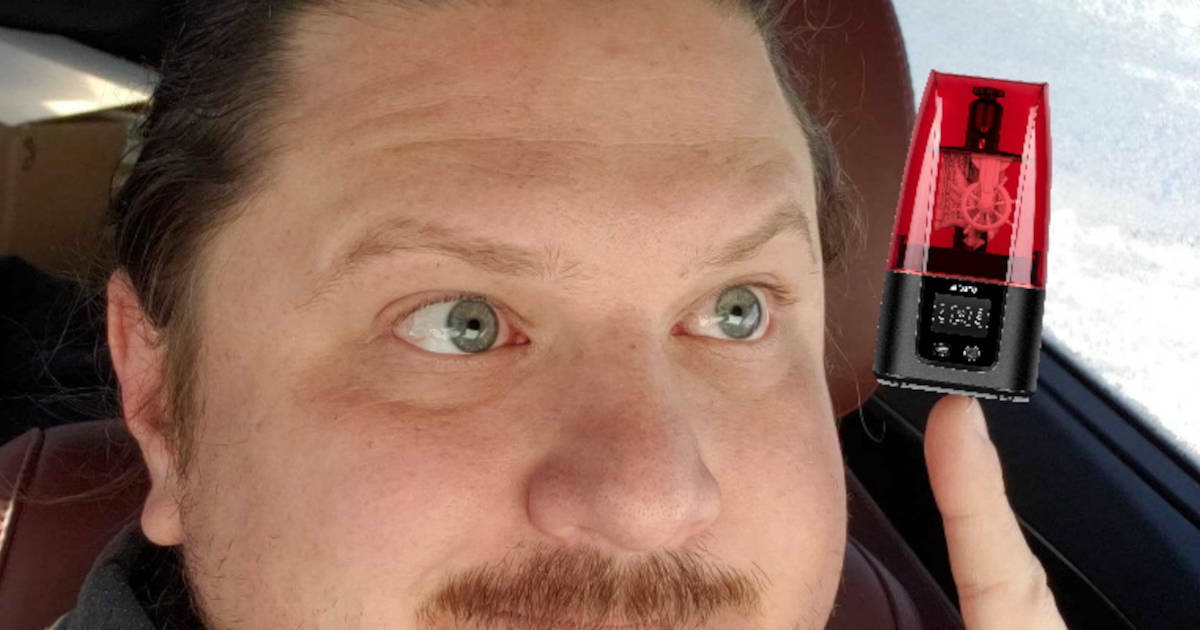
Another Tool for Your Toolbox
Is it time for Stephen to finally get a 3D printer and join the maker revolution? Parker and Stephen discuss how engineers use 3D printers this week.
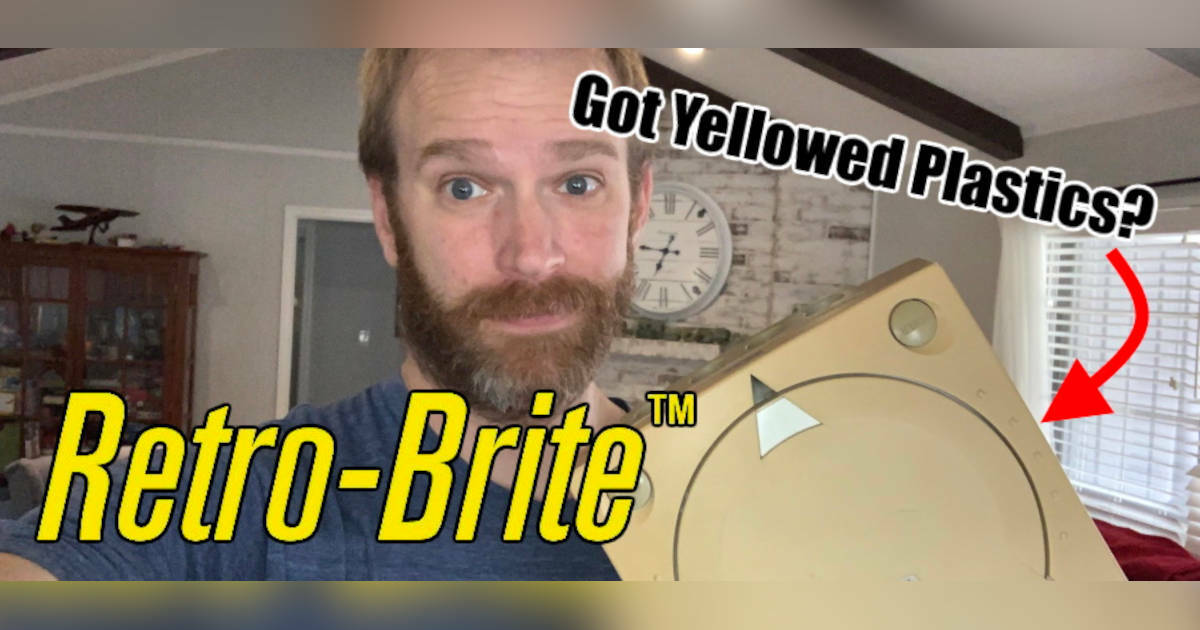
Plastic Deg-Ra-Dation with Scott Hansen of Retro-Brite
Our guest this week is Scott Hansen, Founder of Retro-Brite which restores yellowed plastics by reversing the chromophores degradation.

GPUs D.O.A, Reverse Polarity Problems, A 3D Printer Pickle
Dead on Arrival for high end GPUs. Why do so many consumer electronics not have reverse polarity protection?
About MacroFab
MacroFab offers comprehensive manufacturing solutions, from your smallest prototyping orders to your largest production needs. Our factory network locations are strategically located across North America, ensuring that we have the flexibility to provide capacity when and where you need it most.
Experience the future of EMS manufacturing with our state-of-the-art technology platform and cutting-edge digital supply chain solutions. At MacroFab, we ensure that your electronics are produced faster, more efficiently, and with fewer logistic problems than ever before.
Take advantage of AI-enabled sourcing opportunities and employ expert teams who are connected through a user-friendly technology platform. Discover how streamlined electronics manufacturing can benefit your business by contacting us today.
